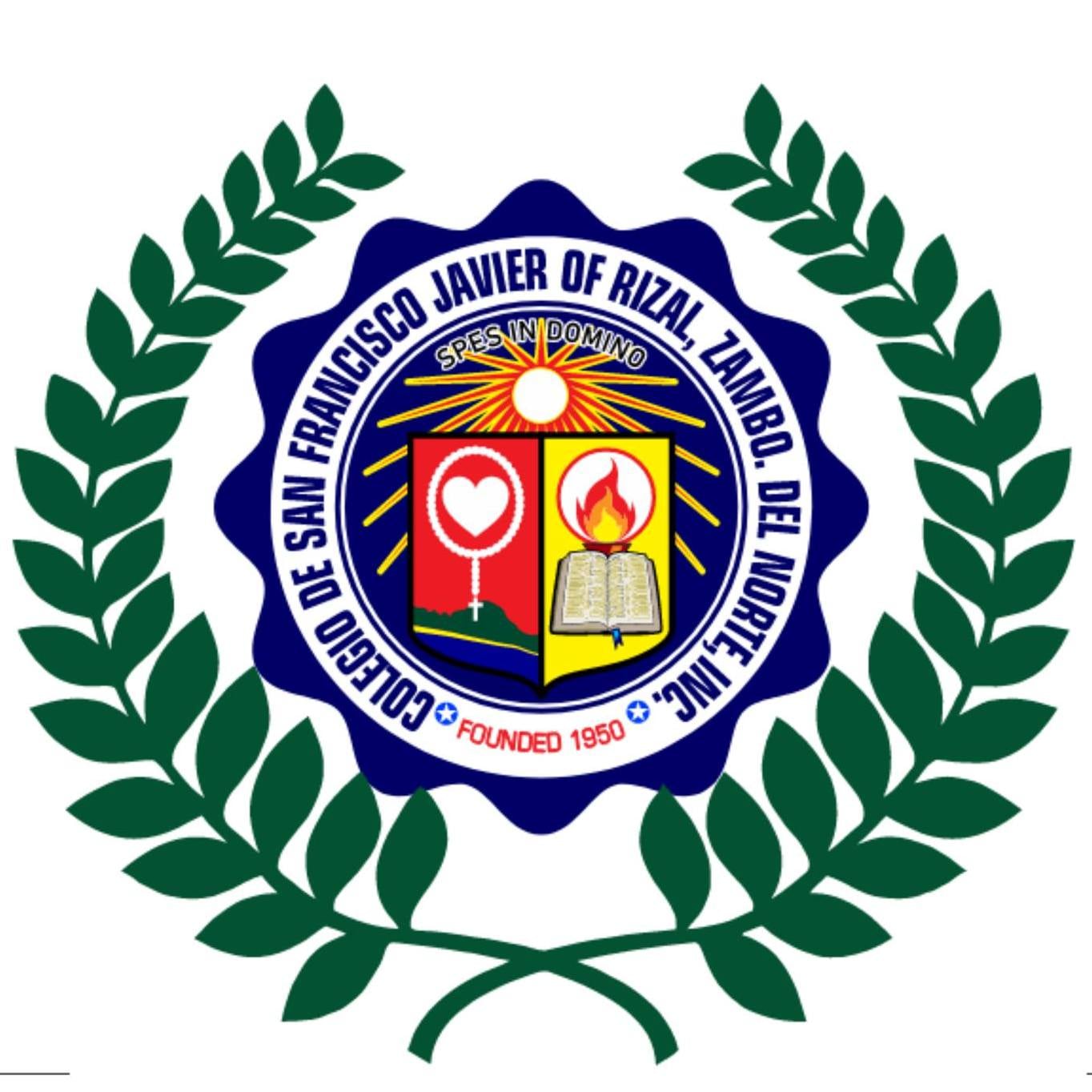A LOCALIZED STUDY ON DISASTER PREPAREDNESS OF SECONDARY STUDENTS IN RIZAL, ZAMBOANGA DEL NORTE USING THE FAMILY PREPAREDNESS PLAN TOOL
Keywords:
Disaster Preparedness, School-based DRRM, Family Preparedness Plan Tool, Emergency Readiness, DepEd DRRM Framework, Protective Action Decision Model, Ecological Systems TheoryAbstract
This study assessed the level of disaster preparedness among students of Colegio de San Francisco Javier in Rizal, Zamboanga del Norte. Anchored in Bronfenbrenner's Ecological Systems Theory and the Protective Action Decision Model, the study examined four key domains of preparedness: assessment and planning, physical and environmental protection, response capacity (skills), and response capacity (supplies). Using a descriptive quantitative research design, data were gathered from 186 randomly selected students out of a total population of 348 through the standardized Family Preparedness Plan Tool developed by the Department of Education. Results showed high preparedness in terms of emergency supplies (87.8%) and response skills (84.4%) but lower levels in planning (72.7%) and physical protection (68.6%). The study concluded that while students are individually prepared, household-level engagement and structural safety require further reinforcement. Recommendations include integrating disaster planning into classroom activities, institutionalizing emergency drills, and strengthening community-based disaster risk reduction and management (DRRM) initiatives. This research aligns with the Philippine Disaster Risk Reduction and Management Act (RA 10121), the DepEd DRRM Framework, and Sustainable Development Goal 13, focusing on climate resilience.





